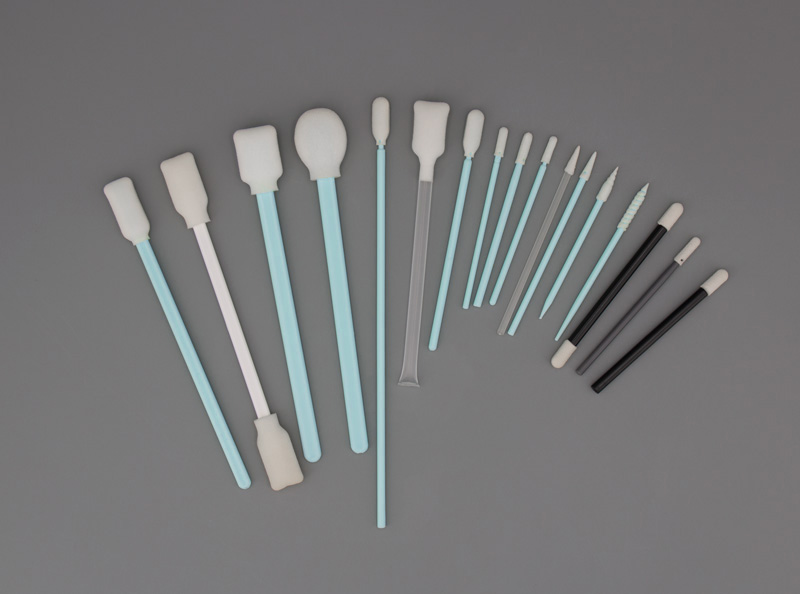Foam swabs are essential tools in various industries, from electronics to medical, for cleaning, applying, and removing substances in tight spaces. They are made of foam material, which can be either open cell or closed cell foam. While they may look similar, the type of foam used in a foam swab can significantly affect its performance and suitability for specific applications. In this article, we will discuss the difference between open cell foam and closed cell foam in foam swabs.
Open Cell Foam
Open cell foam is a type of foam material that has interconnected pores or cells, allowing air and liquids to pass through it. It is soft, flexible, and compressible, making it ideal for applications that require gentle cleaning or applying substances. Open cell foam swabs are commonly used in the electronics industry for cleaning delicate components, such as circuit boards, without leaving residue or scratching the surface.
One of the advantages of open cell foam is its high absorbency. It can hold a significant amount of liquid, making it useful for applying substances, such as solvents or adhesives, in controlled amounts. However, its absorbency can also be a disadvantage in some applications, where excess liquid can cause damage or contamination. Open cell foam is also less durable than closed cell foam and can break down over time with repeated use.
Closed Cell Foam
Closed cell foam is a type of foam material that has sealed pores or cells, preventing air and liquids from passing through it. It is more rigid and dense than open cell foam, making it suitable for applications that require more pressure or abrasion. Closed cell foam swabs are commonly used in the medical industry for cleaning and disinfecting hard-to-reach areas, such as surgical instruments or endoscopes.
One of the advantages of closed cell foam is its durability. It can withstand repeated use and exposure to harsh chemicals without breaking down or losing its shape. Closed cell foam is also less absorbent than open cell foam, making it ideal for applications where controlled amounts of liquid are required. However, its rigidity can also be a disadvantage in some applications, where flexibility and softness are necessary.
Conclusion
In summary, open cell foam and closed cell foam are two types of foam materials used in foam swabs for various applications. Open cell foam is soft, flexible, and absorbent, making it suitable for gentle cleaning and applying substances. Closed cell foam is rigid, dense, and durable, making it suitable for more abrasive or harsh applications. Choosing the right type of foam swab depends on the specific requirements of the application, such as the type of surface, the substance used, and the level of pressure or abrasion needed.
 Cleanroom Foam Swabs, Polyester Swabs, Printer Cleaning Kit Manufacturer – MediTech
Cleanroom Foam Swabs, Polyester Swabs, Printer Cleaning Kit Manufacturer – MediTech
